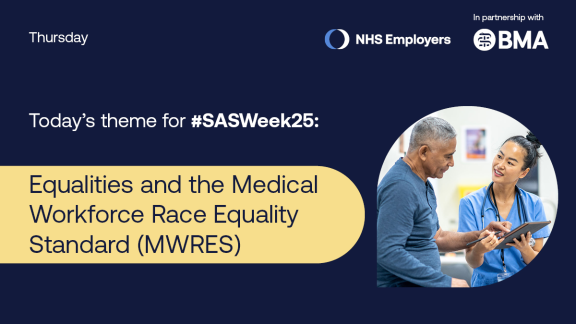
Introduction
The NHS Long Term Workforce Plan was published on 30 June 2023. It sets out how the NHS will address existing and future workforce challenges by recruiting and retaining thousands more staff over a 15-year period, and working in new ways to improve staff experience and patient care.
Commissioned and accepted by the government, it provides a costed plan for how the NHS will develop to meet existing and future demand and challenges, and support population health and wellbeing. Over £2.4 billion has been committed to fund additional education and training places over the next five years, on top of existing funding commitments.
The plan sets out the strategic direction over the long term as well as short- to medium-term actions to be undertaken locally, regionally and nationally. Those actions fall into three priority areas:
- Train: Substantially growing the number of doctors, nurses, allied health professionals and support staff. This is underpinned by a £2.4 billion funding commitment.
- Retain: A renewed focus and major drive on retention, with better opportunities for career development and improved flexible working options. This comes alongside reforms to the pension scheme, with an aim to retain 130,000 staff working in the NHS for longer.
- Reform: Working differently and delivering training in new ways. Advances in technology and treatments will be explored and implemented to help the NHS modernise and meet future requirements.
While it is a national plan, it allows for priority decisions to be taken at system and local level. There is also a commitment for it to be an iterative rather than ‘one-off plan’, with further versions developed and published on a more regular basis.
The plan aims to increase the total number of NHS staff through an unprecedented expansion in recruitment and significant improvement in retention, so the NHS keeps more existing staff in post. Routes into the NHS will change through the development of apprenticeships and reform of medical education and training. The plan also aims to deliver productivity improvements through making the most effective use of emerging technologies such as artificial intelligence. It also signals a shift from reliance on international recruitment to a largely domestic recruitment model.
In numbers
The plan will increase the NHS workforce by:
- doubling medical school training places to 15,000 by 2031/32, with more places in areas with the greatest shortages
- increasing the number of GP training places by 50 per cent to 6,000 by 2031
- almost doubling the number of adult nurse training places by 2031, with 24,000 more nurse and midwife training places a year by 2031
- providing 22 per cent of training for clinical staff through apprenticeship routes by 2031/32
- introducing medical degree apprenticeships with pilots running in 2024/25 so that by 2031/32 2,000 medical students will train by this route
- training more NHS staff domestically – in 15 years’ time, we would expect around 9-10.5 per cent of the workforce to be recruited from overseas compared to nearly a quarter now
- ensuring that more than 6,300 clinicians start advanced practice pathways each year by 2031/32
- increasing training places for nursing associates (NAs) to 10,500 by 2031/32 – by 2036/37, there will be over 64,000 nursing associates working in the NHS, compared to 4,600 today.
The aims of the plan are linked to achieving planned productivity improvements, reducing leaver rates and changes to clinical placement hours, length of medical training, increases in apprenticeship places and reductions in agency spend. Achieving these objectives will depend on actions across the NHS. In the next section we highlight actions for individual employers and relevant NHS Employers resources.
Key actions for employers and our practical resources to help you
The following table provides a summary of the key areas of action for employers and the resources that NHS Employers has produced to support you in these areas.
Download this PDF to access the links to the employer resources.
Next steps
The publication of the plan is just the first step towards building a sustainable workforce. The plan is both ambitious and bold and we will work across our organisation and in specific teams to look at the detail and ensure our work is aligned to support you with implementation. To support you, we are:
- in conversation with college and university leaders nationally about the need to work and collaborate differently to support implementation
- offering the opportunity to discuss the plan in workforce director networks, with our policy board and in our subject matter specific networks – for peer discussion and any relevant actions as well as listening to your feedback – we know that some of the practical challenges around placement and training capacity have been raised with us, and there may be other specific areas which you would like to pick up in networks or as themed discussions; we can explore this in more detail with you in the coming weeks.
- continuing to create and provide links to information and resources that you and your teams may find useful when you are looking at local plans. We welcome your feedback on any further support and resources you would find useful.



